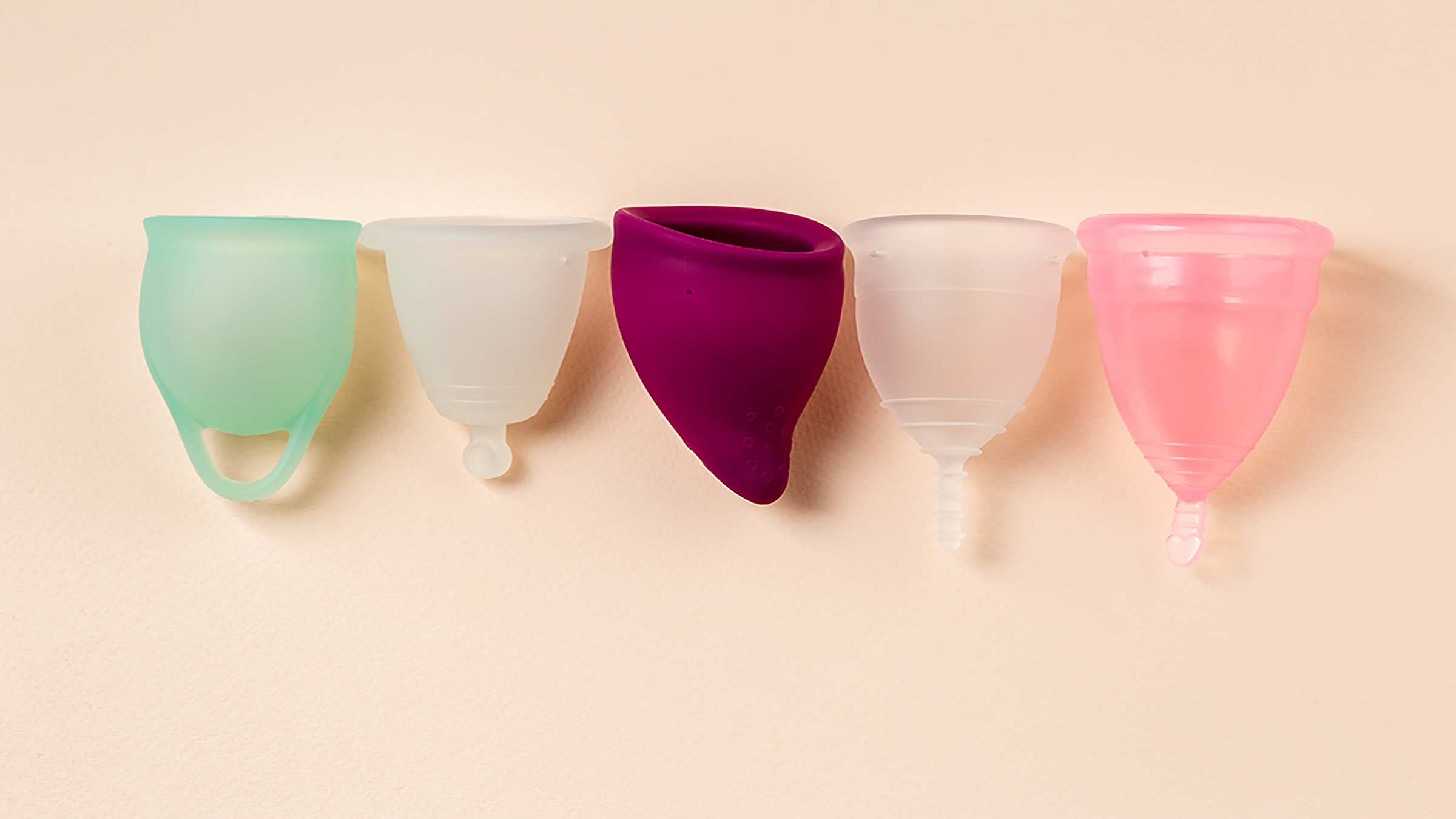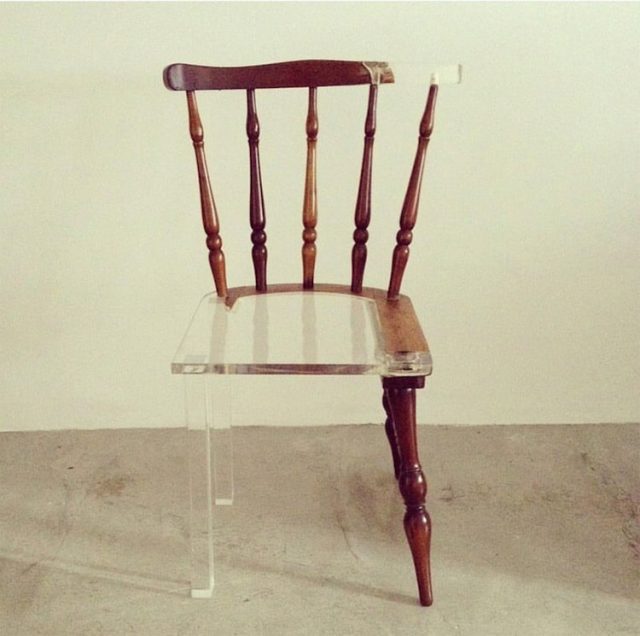Being rich is great, but being wealthy has more enduring value. Let’s understand how to use insurance to move from being rich to being wealthy.
All of us dream of a stable life for ourselves, where there is enough money in our account to meet all our expenses. Some of us have a lot of money in our hands at intermittent points of time, but this does not mean that we are wealthy. Let us examine the difference between the two concepts:
Richness: It is a phase when one has a lot of money at one’s disposal. The money may appear suddenly as a result of an investment, a job completed or some other reason. However, it is transient in nature – it is apt to be spent quite quickly. It is a state in which a person may have money intermittently but not always.
Wealth: In contrast, the state of wealth is one in which a person may have a lot of reserves at their disposal over a longer period of time. It is said that the wealthiest people in the world are those that know how to make their money work for them even when they are asleep. True wealth is created when one does not need to work such that their effort results in money. Wealth can be created by taking one affirmative step and letting the investment work for itself.
A further proof of how wealth is created is given by an insurance investment option known as the ‘wealth plan’. This is an insurance plan that helps you create wealth over a period of time, such that your periodic investment is plugged into the right securities to give maximum returns.
Consider the following salient benefits of a good wealth insurance plan:
- A high life coverage amount that is at least 30 times the annual premium paid.
- The investment helps you fulfil your long term financial goals and also protects your loved ones’ future.
- You can invest money monthly, quarterly or half yearly.
- There are multiple fund options – debt, equity, balanced assets or more – as per your investment appetite.
- There is the freedom to switch between different fund classes to maximise the returns.
- You can partially withdraw funds against the investment after a certain number of years are complete.
The insurance plan may have a term starting from 15 years up to 40 years. The plan must include guaranteed loyalty additions, apart from a death benefit that equals the sum assured minus the withdrawals made (if any). The death benefit may also be calculated to the fund value, or it may be a sum equal to 105% of the premiums paid till the date of the policy holder’s demise.
Additionally, the policy holder gets higher coverage to 30 times the annual premium over a long term – thus it makes fiscal sense to remain invested in this plan for long.
(Featured image courtesy https://www.downtoearth.org.in/news/environment/education-health-help-the-most-in-wealth-creation-report-62394)





